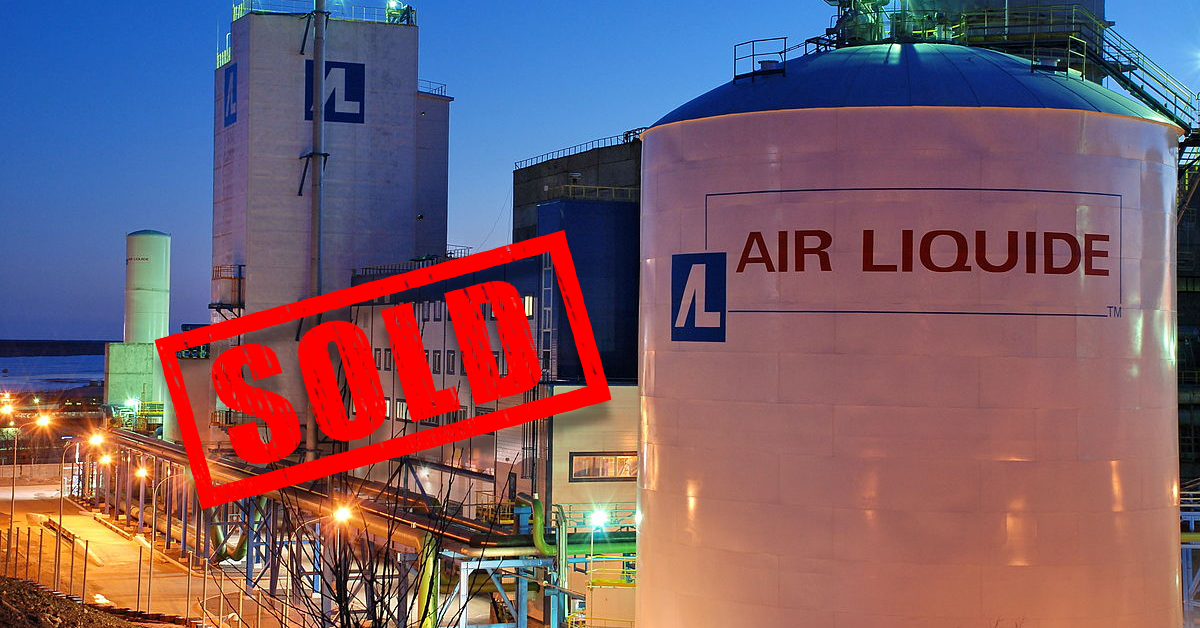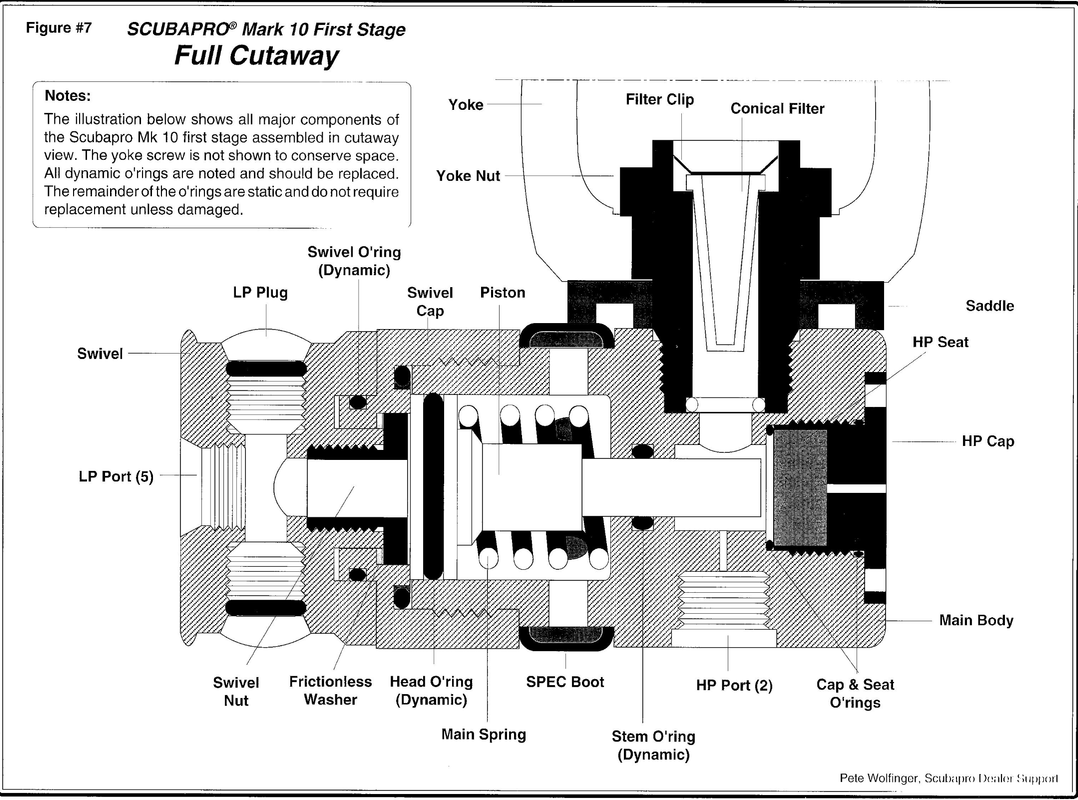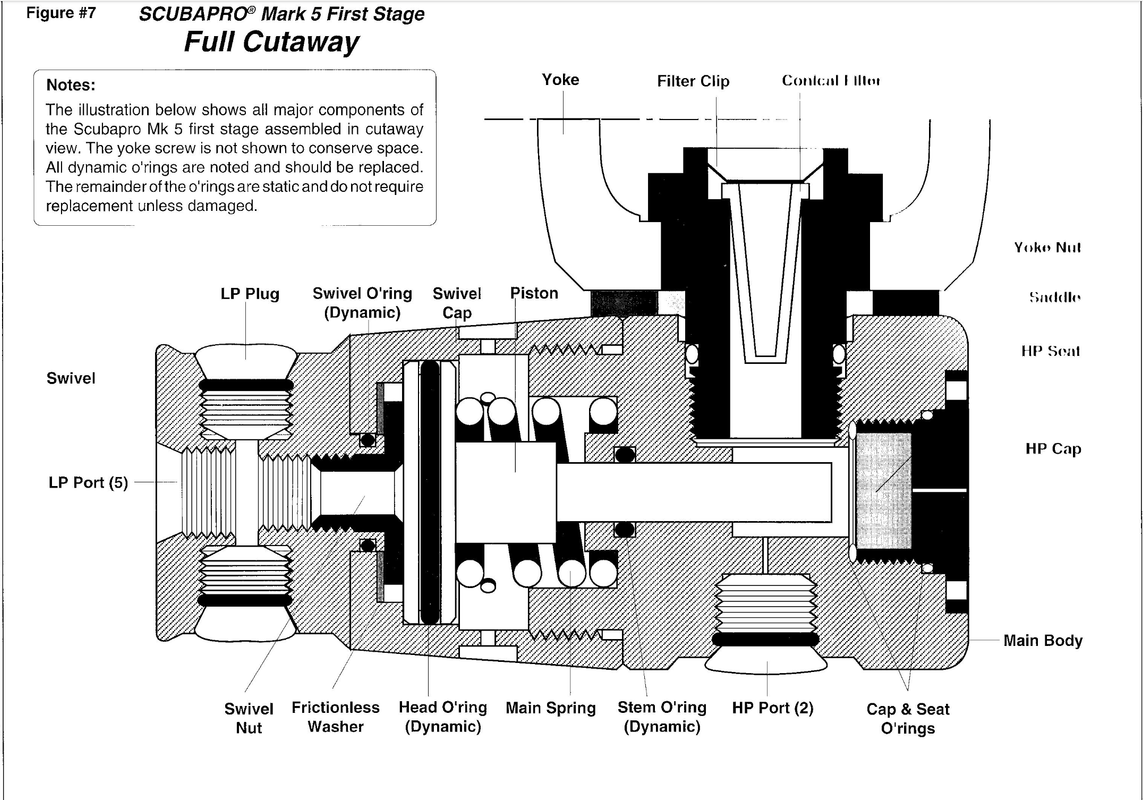The only thing freaking me out is getting parts, now that Aqualung took a dump because they got too big and too greedy.
Aqualung is still in business under new ownership. The parts and products supply issue is real and some of it can be blamed on the pandemonium and some on the issues leading up to AL (and Apeks) being sold off to the holding group they now belong to. None of it had to do with greed on AL's part. The Air Liquide and company had been sucking cash out of AL and then sold it off to the new ownership:

Breaking News – Another Scuba Diving Icon Sold - Scuba Legends
And since that time of the sale parts and product have been difficult for some to get. Internal parts for most AL first stages are all basically the same and are available from other sources and NOS. Unfortunately the Trident black seat is not nearly as durable in use as is the genuine AL blue seat.







